Bologna counts among the top ten places to live in Italy, according to a recent study.
It doesn’t draw in the same huge crowds of tourists as its northern neighbours Florence and Venice, but this is exactly what makes the city so livable.
READ ALSO: 15 simple hacks to make living in Rome better
As a resident of the so-called ‘la rossa’ (the red – named after both its red buildings and left-wing politics), you’re surrounded by history, Unesco-listed medieval porticoes, one of the oldest universities in the world, and a fresh, cosmopolitan vibe. It’s a city where you can feel like a local and won’t find yourself held up by the ‘Instagrammers’ intent on getting a good shot.
But any new city can take some getting used to. Here’s what you need to know about moving to Bologna if you think this is the place for you.
Check out the comune’s website (or office)
Hold the aperitivo and delicious cuisine for just a moment. If you want to move to Italy in general, you’ll need to make peace with its bureaucracy.
While it can be frustratingly slow and complicated, my experience of getting paperwork done is usually relatively efficient in the region of Emilia Romagna, compared nationally at least. However, it’s likely to be very different from how things work in your home country.
Head to the city’s council website, which is a good first port of call for information on administration and what’s happening around the city.
Or you can pop over to the comune (town hall) of Bologna’s central Ufficio Relazioni per il Pubblico (Office of Public Relations), commonly referred to as the URP, located in Bologna’s main square, Piazza Maggiore.
Know your district
If you live in the city of Bologna itself, you’ll need to get acquainted with the six quartieri – or districts – that make up the city.
Bologna’s International Women’s Forum has created a map of the six neighbourhoods to help you find your bearings.
They are from top clockwise, Navile, San Donata – San Vitale, Savena, Santo Stefano, Saragozza and Borgo Panigale and Reno.
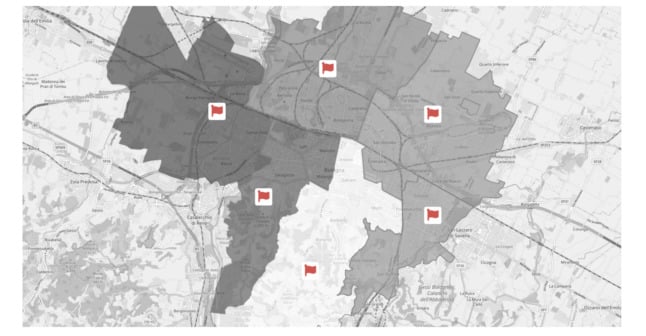
There are also municipal offices in each area, called sede del quartiere (neighbourhood offices), where you can carry out administrative tasks such as registering as a resident or signing your child up for school, for example.
Buy your bus ticket before boarding
Bologna’s city centre is crowded and travelling around by bike, bus or on foot is recommended rather than trying to drive. The streets in the centro storico (old town) are a ZTL, or zona a traffico limitato (restricted traffic zone), meaning you’ll get fined if you drive through them in a car without a residence permit.
As someone who’s been stung by the ZTL system, it’s important to remember that after the cameras have caught you, it can take weeks for a fine to arrive, meaning you may build up penalties before realising you’ve been taking the wrong roads.
Public transport or walking it is, then.
If you travel around Bologna by bus, you’ll need to buy your tickets before boarding. Some bus drivers on certain routes did accept cash if you hadn’t previously bought a ticket, but Covid-19 protocol has now put a stop to this.
You’ll need to buy a ticket from the tabaccherie (tobacco shops) and the City Pass is valid for 10 rides, with each journey coming in at a discounted cost. You can find information on prices for tickets and other passes here.
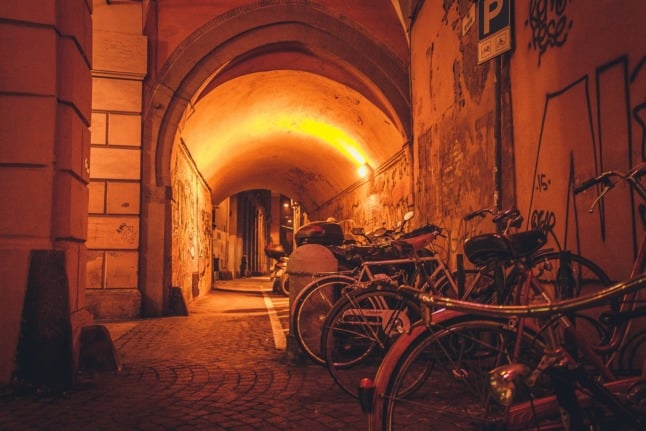
Buy a cheap bike
Getting around Bologna by bike is a cost-efficient and eco-friendly way to travel, especially as pollution in the city is unfortunately a problem.
Bikes are perfect for navigating those narrow, crossing alleyways and most people will tell you it’s a much faster mode of transport than a car. The same goes for a scooter, which is exempt from most ZTL roads too.
If you buy a bicycle, don’t bother splashing out. There are a lot of bike thefts in Bologna, so don’t attract too much attention with a flashy set of wheels. Get a really secure lock too – you can find locks at the ferramenta (hardware store).
Save money on furniture and haggle in second-hand stores
Furnishing your new home needn’t cost the earth – nor do you necessarily need to trek to Ikea to get some value-for-money items.
For a touch of charm, you can check out the stores in and around Bologna that sell inexpensive used furniture.
IWF Bologna said, “Be prepared to hunt as there is often a lot of junk to sift through. Turnover is high, so come back regularly to find new gems. Most stores close for lunch and at least one morning or afternoon a week, so call first to check on business hours.”
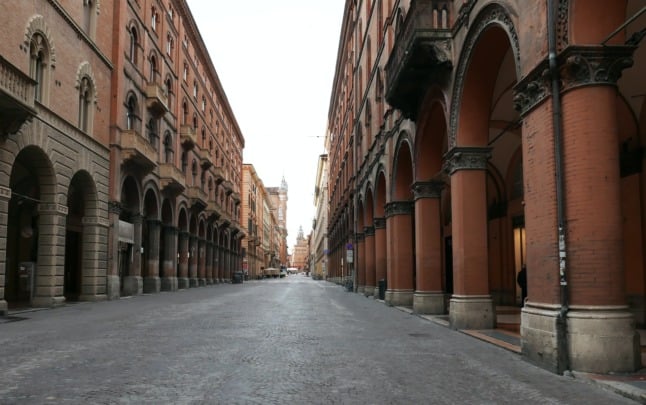
See Roman ruins in the library for free
Bologna is a living museum, no matter where you turn. If you enter the city’s public library, Biblioteca Sala Borsa, you can see what remains of Roman architecture under the transparent floor in the main room on the ground floor. Some of the excavations trace back as far as the 7th century.
The library is a must for any Bologna resident, as study and learning are at the heart of the city. Also known as ‘La Dotta‘, (The Learned), Bologna is one of Italy’s most academic cities with a university that dates back to 1088.
Save money on tourist attractions with the Card Cultura
Instead of paying per entry, the local tourist board Welcome Bologna has created the Card Cultura – perfect for residents as it’s valid for one year and grants free access to plenty of museums and cultural attractions, as well as reduced rates on events and festivals.
As there are different exhibitions and talks during the year too, there’s always something new to use the card for. It’s also handy for when people come to visit and they want to visit those hotspots that you might begrudge paying entry for – again.
Try out Bologna’s international cuisine scene
The city is famed for its cuisine, both nationally and internationally, and the Bolognese people take their food heritage very seriously. This brings us to the last moniker of Bologna – ‘la grassa’ (the fat one).
Wander through the streets and you’ll hear animated discussions on how best to cook the brodo (meat juices) for the perfect bowl of tortellini.
You’ll also see its famous filled pasta being made by hand in the restaurants ahead of the lunch and dinner rush. Or you’ll smell the cold cuts of mortadella, a type of ham, as you the city charms you through its winding alleyways.
Ask an expert: What’s the difference between Italian tortellini and tortelloni?
But Bologna has more to offer. Its international and student population have seen the city diversify its culinary offering more and more. When you’ve lived here a while, you just might fancy a different taste from another part of the world – luckily, unlike most of Italy, Bologna has plenty to satiate those cravings.
The Greek restaurant ‘To Steki‘ is always packed, offering dishes from Greece in an informal atmosphere at very reasonable prices.
If Chinese is what you’re hankering after, the tourism experts at Bologna Welcome recommended La Cucina di Peng in the area of Bolognina – there’s no website, which probably means it’s a hidden gem and well worth checking out.
They also rated Babilonia for the best kebabs, India for Indian, Naga Thai for Thai, Pars for Persian, Soon for Korean and Yuzuya for Japanese.
Get out of the city and explore Bologna’s surroundings
There’s so much to see and do in Bologna’s wider metropolitan area, perfect for when you want a change of scenery but without having to travel far.
The Rocchetta Mattei is an unusual castle and spectacular example of architecture. It owes its name to Count Cesare Mattei in the mid-19th century, who had it built on the ruins of an ancient building dating back to the 13th century. The building is a labyrinth of towers, monumental staircases, reception rooms and private rooms in different styles, from neo-medieval to neo-Renaissance, from Moorish to Art Nouveau.
Just 30 minutes outside Bologna’s centre is the must-see village of Dozza, an open air museum thanks to all the murals painted by artists. Giants, dragons and skyscapes follow you through the streets.
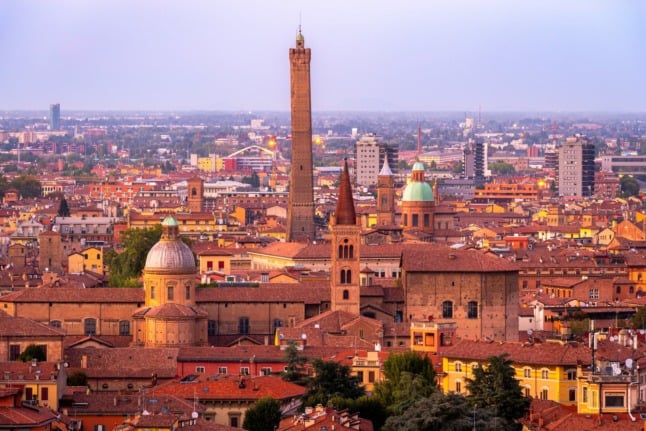
The best views might not be where you think
You can’t miss those striking two towers (Le Due Torri) in Bologna – they’re commonly recognised as a symbol of Bologna and stand in the heart of the city at the entry point of the ancient Via Emilia.
Built during the Middle Ages, they had a military function – namely signalling and defence. The higher of the two, the Torre Degli Asinelli reaches up to 97.2 metres high and you can pay to climb it and look out at across the whole city.
But if you’re at the top of the tower, you can’t see it, one of the most iconic landmarks of Bologna. To see the whole cityscape, towers included, head to the city’s clock tower instead, the Torre dell’Orolgio.
Where to find the city’s green spaces
I’ve often heard people say Bologna is a ‘hardscape’, but the longer you spend here, the more green spaces you find.
Villa Ghigi, for example is a favourite among strollers and dog walkers, giving you amazing views across the whole of the city and countryside. This large park can be found outside Porta San Mamolo and was once the property of a wealthy Bolognese family.
Find more green spaces from the IWF, who’ve been hunting them out for over 20 years.
Make friends through aperitivo
It’s a ritual in Italy and Bologna is no exception. Mingle and make friends over aperitivo, a post-work opportunity for drinks and snacks to whet your appetite before dinner.
“For aperitivi, students tend to congregate in the university quarter and in via del Pratello while professionals head for the pedestrian area around Piazza Maggiore, Piazza Santo Stefano and Corte Isolani,” said the IWF.
One of my favourite spots for it is the lively Via Pescherie Vecchie, sometimes known as Bologna’s foodie street, where tables are pushed up against each other. It seems like everyone is in the same big, noisy, vibrant and friendly group.
For more aperitivo hotspots, take a look at IWF’s map.
Take 4th October off
Every Italian city has its own public holiday in honour of its patron saint, and Bologna’s is October 4th.
Its patron saint is San Petronio, the eighth Bishop of Bologna and after whom the impressive basilica in the main square is named after. Celebrations include a blessing of the statue of San Petronio, mass, a procession and fireworks.
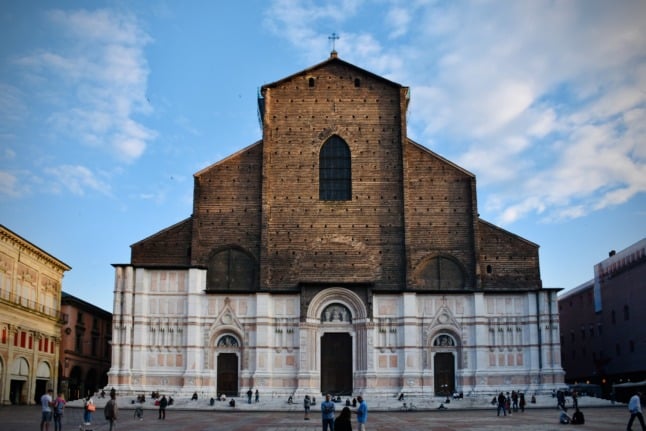
Become a local and support Bologna FC
What better way to integrate than to become a fan of the local football team? On match days you’ll see hordes of fans walking through the city centre, clad in the team’s colours of red and blue.
Founded in 1909, the team is a source of local pride. Matches are played in the centre of the city at Stadio Renato Dallara (formerly Stadio Comunale), a stadium that seats nearly 40,000 spectators.
To buy tickets, the IWF advised that you can go “directly to the biglietteria (ticket office) in Piazza della Pace in front of the stadium, through the offices of the Centro Coordinamento Bologna Clubs (Bologna Clubs Coordination Center), or at any Carisbo San Paolo branch during banking hours.”
Learn some Bolognese dialect
To really become a local, throw in some Bolognese words and you’re sure to raise a smile and forge a bond. And you thought learning Italian was hard enough.
Bulgnaiś, as its known to the locals, is more than just different words, it’s got a charming accent and is full of colloquialisms.
Even though it seems to be unfortunately dying out as the younger generations lose the dialect, there are a few words that you’ll likely hear everywhere – which I first thought were Italian, but are, in fact, dialect!
Rusco means rubbish or trash, the stuff you throw out, which in Italian would be spazzatura.
People also smile when I refer to pressing the button that opens the gate as ‘tiro‘ – this is also, in fact, Bolognese.
My all-time favourite, however, is soccia! or socmel! to express surprise. It means ‘suck it’, which sounds vulgar, but you’ll hear grandma saying it, so it’s definitely widespread enough for you too.
In this weather, you might proclaim, Soccia! Fa un freddo boia! (Blimey! It’s absolutely freezing!)

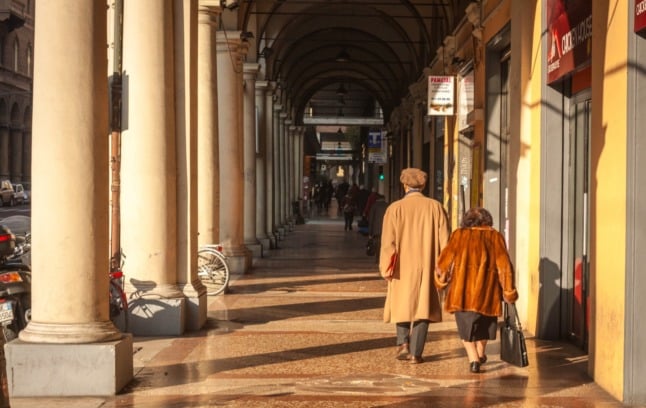
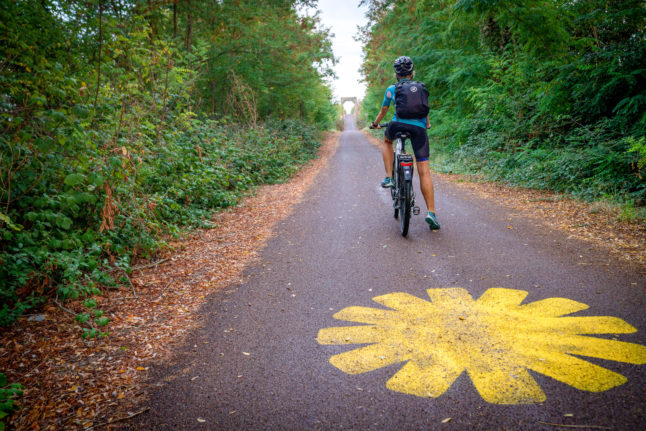
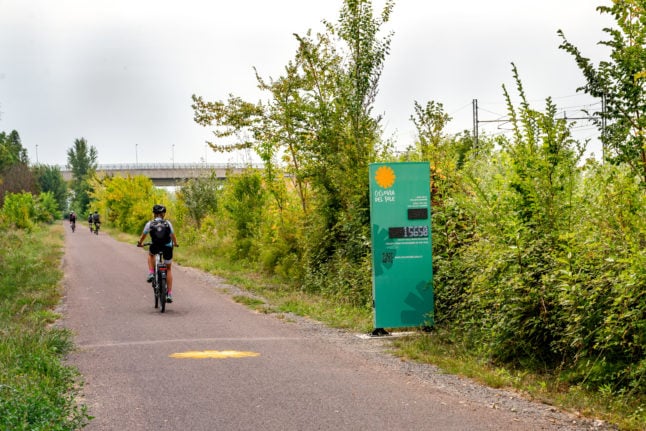
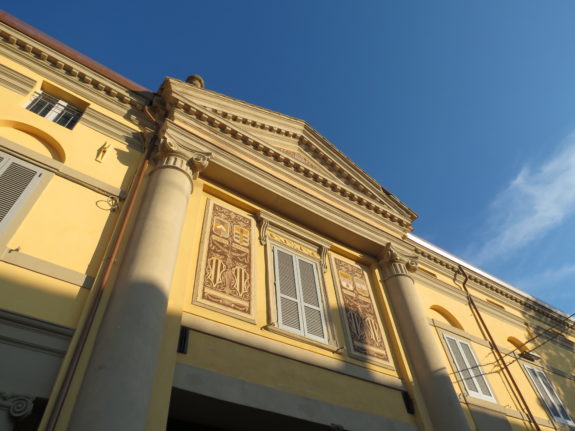

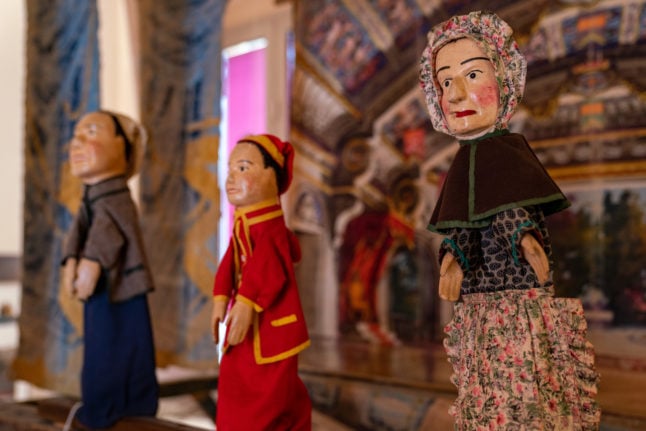


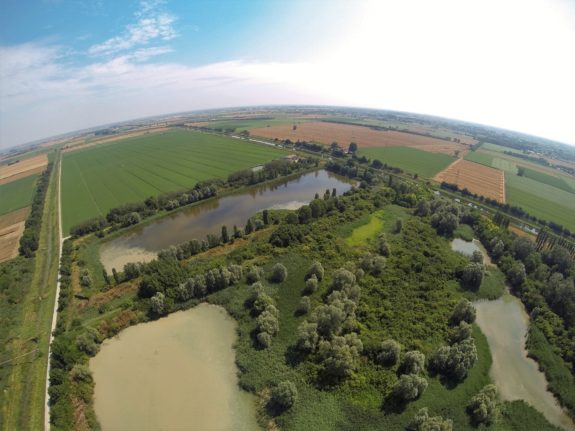




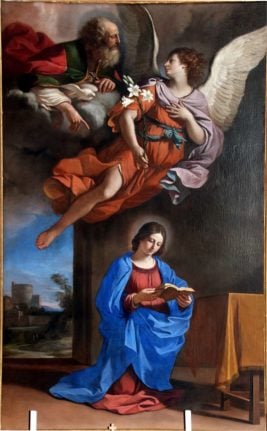

 Please whitelist us to continue reading.
Please whitelist us to continue reading.
Member comments